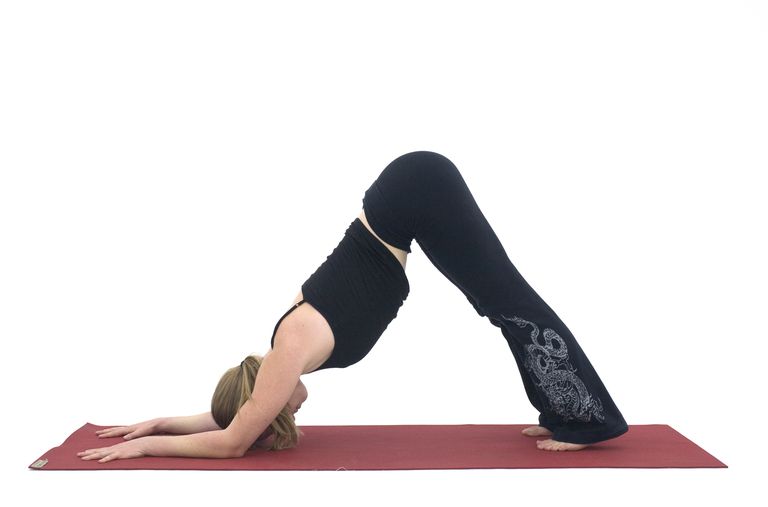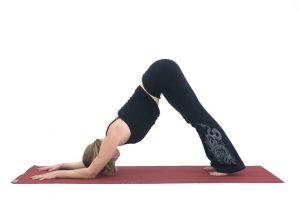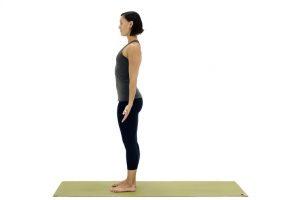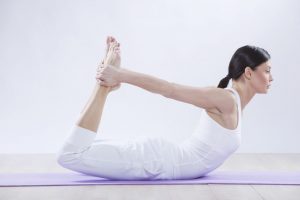Yoga exercises can help reduce the pain of carpal tunnel syndrome (CTS). A study published in the Journal of the American Medical Association in 1998 concluded that participants who practiced yoga over an eight-week period showed improvement in their condition compared to those who did not do yoga. The yoga poses emphasized in this study focused on opening, stretching, and strengthening the joints of the upper body. A yoga regimen including these types of poses, and avoiding those which place too much pressure on the wrists, may offer relief to CTS sufferers. It should be noted that no yoga poses can cure CTS, and that your physician should be consulted before trying any new therapy.
Poses in which a significant amount of the body’s weight is resting on the wrists should be avoided or modified. These include Downward Facing Dog, Plank, and most Arm Balances.
Mueller 255 Lumbar Support Back Brace with Removable Pad, Black, Regular(28″ – 50″ waist)
Modifications include doing the pose with closed fists rather than flat palms, as this reduces the pressure on the wrists. In order to avoid putting any weight on the wrists, you can try Downward Dog with the forearms flat on the floor, as shown here in Dolphin.
BalanceFrom GoYoga All-Purpose 1/2-Inch Extra Thick High Density Anti-Tear Exercise Yoga Mat with Carrying Strap








